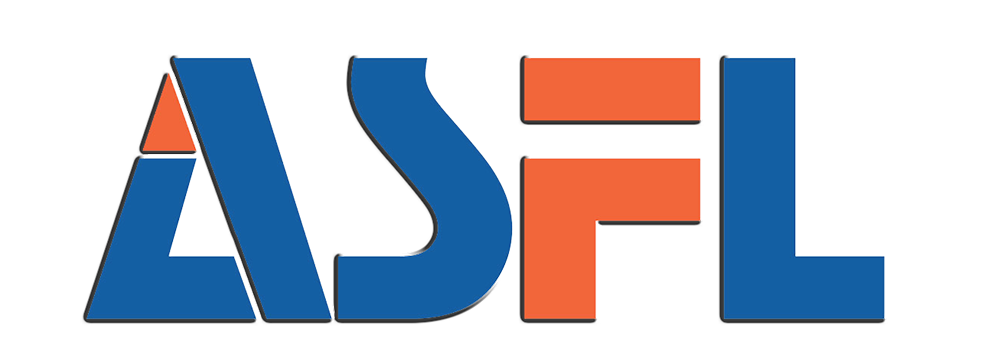Assessing Your Production Requirements
Determining Production Volume Needs
Understanding your production volume needs is essential to align market demand with your capabilities. Start by examining historical sales data and forecasting future growth to establish realistic volume targets. This analysis will help in deciding the scale of production required to meet market demands effectively. Next, review your current production schedules to ensure they synchronize with your manufacturing capabilities. This will help in optimizing the capacity of your liquid bottle filling machine. Additionally, consider seasonal demand fluctuations, as these may require adjustments in output volume to maintain efficiency and fulfill orders promptly.
Analyzing Oil Viscosity & Container Types
When selecting an automatic liquid filling machine, understanding the oil's viscosity and container types is crucial. Different oils require specific pump types or filling mechanisms, which directly impact machine specifications. Categorize the containers you use, such as bottles or pouches, as this will dictate the choice of machine for optimal performance. Evaluating how different container types integrate into your production line can influence overall efficiency, often requiring machine customization. This ensures that your filling and capping machine can handle varied packaging demands, enhancing operational flexibility and reducing downtime in a liquid filling line.
Exploring Oil Filling Machine Types
Automatic vs. Semi-Automatic Liquid Filling Machines
When deciding between automatic and semi-automatic liquid filling machines, key differences lie in efficiency and labor requirements. Automatic machines operate with minimal human intervention, delivering faster production speeds ideal for large-scale operations. On the other hand, semi-automatic machines require more hands-on assistance but can be more cost-effective for smaller businesses or those with lower production volumes. Determining the right choice necessitates an analysis of your operational environment to align the machine type with specific production goals. Performance statistics reveal that automatic machines typically offer higher throughput, boasting efficiencies of up to 75% more than their semi-automatic counterparts in various manufacturing settings, which can be crucial when scaling operations.
Liquid Bottle Filling vs. Pouch Packaging Systems
Choosing between liquid bottle filling systems and pouch packaging systems involves considering cost, flexibility, and market demand. Liquid bottle filling machines generally offer robust construction suitable for repeated use, making them an excellent choice for traditional markets. However, pouch packaging systems are attractive for their cost-effectiveness and eco-friendly potential, addressing modern consumer preferences for sustainability. According to market forecasts, there is a noticeable shift towards pouch systems, with an annual growth rate of around 6% expected over the next five years, driven by consumer trends favoring lightweight and easily portable formats.
Integrated Filling and Capping Machine Solutions
Integrated filling and capping machines offer remarkable efficiency gains by streamlining operations and significantly reducing labor costs. These machines seamlessly address production bottlenecks, thus enhancing throughput without the need for additional manual intervention. Brands leveraging integrated solutions have reported considerable improvements; for instance, a mid-sized beverage company observed a 30% increase in productivity after implementation. This speaks volumes about how these systems can be pivotal in optimizing the liquid filling line, making them a compelling choice for businesses looking to boost efficiency and lower operational expenses.
Key Features for Optimal Performance
Precision in High-Speed Filling Operations
Precision in high-speed filling operations is crucial to minimize waste and ensure product integrity. Advanced technologies, such as photoelectric or laser detection systems, enable accurate measurement and adjustment during the filling process, significantly reducing the risk of overfilling or underfilling. These systems can automatically detect the presence of containers and halt operations to prevent spillage, which is essential for maintaining product quality. According to industry benchmarks, precision metering equipment can achieve up to ±0.2% filling accuracy, a standard vital for compliance and customer confidence. Choosing a machine that meets these benchmarks ensures you're aligned with industry best practices.
Material Compatibility & Corrosion Resistance
Selecting filling machines made from materials with high corrosion resistance is critical, especially when filling oils. This selection affects the longevity and maintenance needs of the machine, as corrosion can lead to frequent repairs and downtime. Machines constructed with stainless steel or other corrosion-resistant materials are designed to withstand the harsh environment of oil filling. Studies indicate that high-quality materials enhance operational efficiency and extend the lifespan of machines, making them a wise investment in the long run. Therefore, prioritizing material compatibility not only ensures smooth operations but also reduces long-term maintenance costs.
Cost Analysis and Budget Considerations
Initial Investment vs. Long-Term Savings
When considering an oil filling machine, it's essential to weigh the initial investment against the potential for long-term savings. Typically, the upfront costs of acquiring these machines can be significant, depending on factors such as machine type, level of automation, production capability, and customization needs. However, investing in higher-end machinery often leads to greater operational efficiencies, reducing labor costs and waste while enhancing productivity. This calculated investment could deliver a better cost per unit over time, as operational savings accumulate. According to several financial models, strategic investments in advanced filling machines have shown substantial cost management benefits and return on investment (ROI), with quicker amortization than cheaper alternatives.
ROI of Automated Liquid Filling Lines
Determining the ROI for automated liquid filling lines involves evaluating multiple criteria, including increased production rates and decreased labor costs. Automated systems, such as the liquid bottle filling machine, offer distinctive advantages over traditional methods, significantly enhancing throughput due to their capability to handle multiple types of oils and viscosities. Industry data suggests average ROI timelines for automated systems are noticeably shorter, often recouping costs within 1-2 years, compared to 3-5 years for manual systems. Setting clear KPI metrics is crucial for assessing the performance and financial benefits of automated lines; these may include metrics focused on production speed, waste reduction, and energy efficiency, ensuring the chosen systems align with business growth goals.
Maintenance and Manufacturer Support
Preventive Care for Juice Filling and Sealing Systems
Preventive care is crucial to ensuring the longevity and performance of juice filling and sealing systems. Regular maintenance routines, such as cleaning, lubrication, and inspection of machine components, play a vital role in enhancing their durability. For instance, consistent monitoring of wear parts and replacing them before failure helps minimize unexpected breakdowns. Studies have shown that companies implementing regular maintenance protocols often see a noticeable reduction in downtime. Additionally, machine manufacturers typically provide guidelines that highlight best practices for preventive care. These may include recommended schedules for servicing components like filling nozzles and sealing heads, which are critical in maintaining optimal efficiency and minimizing disruptions in the production line.
Evaluating After-Sales Service and Spare Parts Availability
When investing in juice filling and sealing machinery, evaluating the manufacturer's after-sales service and spare parts availability is critical. Key factors to consider include the manufacturer's response times and the accessibility of experienced technical resources. A prompt response can significantly reduce downtime, ensuring smooth production flow. Spare parts availability is equally crucial; having a well-stocked inventory of components allows for swift replacements, thus preventing prolonged halts in production. There are numerous examples in the industry where strong manufacturer support has led to improved operational performance and customer satisfaction. This highlights the importance of choosing a reliable manufacturer who not only delivers quality machinery but also stands behind their product with robust support services.





